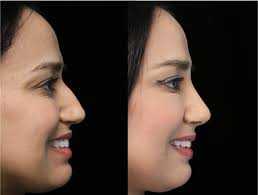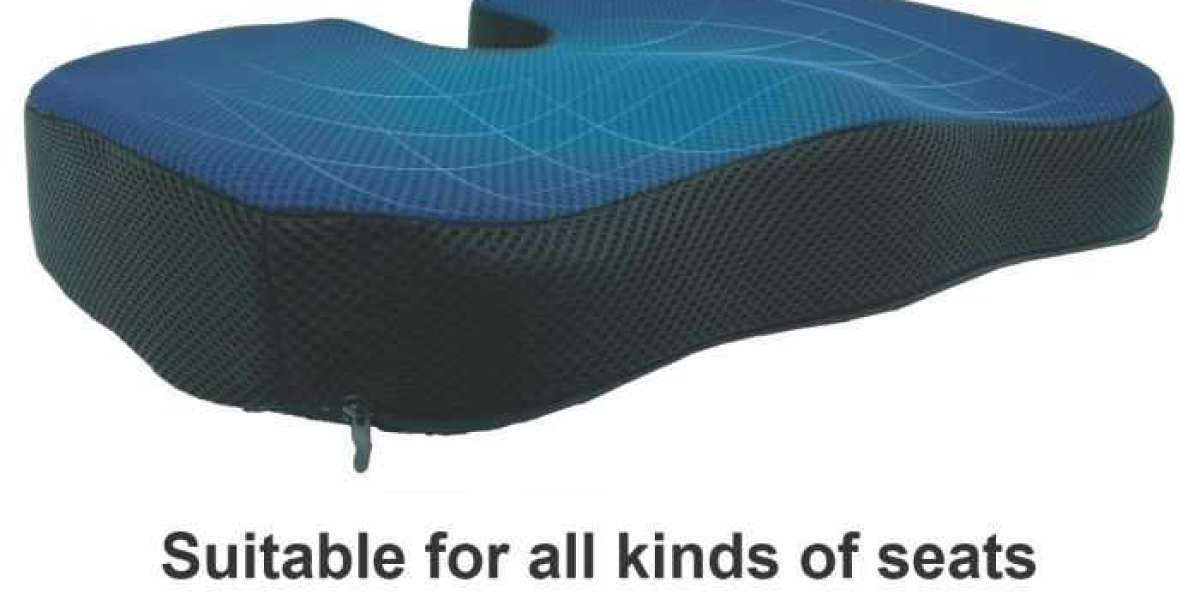Closed rhinoplasty, or endonasal rhinoplasty, is one of the most common procedures for nose correction. It's a procedure performed to improve the aesthetic or functional look of the nose. Unlike the open rhinoplasty technique, closed rhinoplasty involves internal incisions, which makes the procedure less invasive and results in faster recovery. In this article, we'll give you an in-depth look at closed rhinoplasty, from the procedure itself to the potential benefits and recovery process.
What is Closed Rhinoplasty?
Closed rhinoplasty is a cosmetic and reconstructive surgery that reshapes or corrects the nose using incisions made inside the nostrils. This approach eliminates the need for external scars, making it an appealing choice for patients concerned about visible marks. Surgeons utilize specialized tools to access the nasal structure through these internal incisions, allowing for precise alterations.
Who is an Ideal Candidate?
Patients considering closed rhinoplasty typically have:
- Mild to moderate nasal issues, such as a dorsal hump, asymmetry, or a bulbous tip.
- Good skin elasticity to accommodate the reshaped structure.
- No significant structural deformities requiring extensive correction.
A consultation with a qualified surgeon is essential to determine whether closed rhinoplasty is the right choice for your specific needs.
The Closed Rhinoplasty Procedure
Pre-Surgical Preparation
Before undergoing closed rhinoplasty, patients must:
Consult with a board-certified plastic surgeon to discuss goals, expectations, and medical history.
Undergo medical evaluations, including blood tests and imaging, to ensure suitability for surgery.
Avoid smoking and certain medications that could interfere with the healing process.
Surgical Steps
Anesthesia: The procedure typically begins with the administration of general or local anesthesia, depending on the complexity of the surgery.
Incisions: The surgeon makes small, concealed incisions inside the nostrils.
Reshaping the Nasal Structure: Using specialized instruments, the surgeon reshapes the bone, cartilage, or both to achieve the desired outcome.
Closing the Incisions: Once the modifications are complete, the incisions are carefully closed with sutures.
Duration
A closed rhinoplasty procedure usually takes between 1 to 3 hours, depending on the complexity of the corrections required.
Benefits of Closed Rhinoplasty
1. No External Scarring
The incisions are hidden inside the nostrils, leaving no visible scars, which is a significant aesthetic advantage.
2. Reduced Recovery Time
Compared to open rhinoplasty, the closed technique involves less trauma to the nasal tissue, leading to quicker healing.
3. Natural Results
The procedure allows for subtle adjustments, ensuring a more natural and harmonious appearance.
4. Lower Risk of Complications
With fewer incisions and less tissue disruption, the risk of complications such as infection or prolonged swelling is lower.

Recovery Process and Aftercare
Immediate Post-Surgery
Swelling and Bruising: Swelling and bruising around the nose and eyes are mild to moderate.
Pain Management: Pain is minimal and can be controlled with prescribed medications.
Splints and Dressings: A nasal splint may be applied to support the new shape during the initial healing phase.
First Week
- Patients are advised to rest and avoid strenuous activities.
- Cold compresses can help reduce swelling and discomfort.
- Avoid blowing your nose to prevent disrupting the healing process.
Weeks 2-4
Swelling begins to subside, and most patients can return to work or normal activities.
Follow-up appointments with the surgeon are essential to monitor progress.
Long-Term Healing
Final results may take up to a year to fully manifest as the nasal tissues settle.
Adhering to the surgeon’s post-operative care instructions is crucial for optimal results.
Potential Risks and Complications
Although closed rhinoplasty is considered safe, potential risks include:
- Bleeding
- Infection
- Nasal asymmetry
- Breathing difficulties
Unsatisfactory results requiring revision surgery
Choosing an experienced surgeon significantly minimizes these risks.
Choosing the Right Surgeon
Selecting a qualified and experienced plastic surgeon is critical to achieving successful outcomes. Look for a surgeon who:
- Is board-certified in plastic surgery
- Has a strong portfolio of before-and-after photos
- Provides detailed consultations and personalized care
Cost of Closed Rhinoplasty
The cost of closed rhinoplasty varies based on factors such as the surgeon’s expertise, geographical location, and the complexity of the procedure. On average, the price ranges from $5,000 to $15,000. It is essential to discuss all costs upfront, including anesthesia and follow-up appointments.
Conclusion
Closed rhinoplasty is considered less invasive for someone who may require nasal functionality enhancement or overall enhancement of his/her nasal aesthetic appeal. A surgeon can obtain desired natural results while being able to take less recovery time. Such outcomes make patients often prefer a surgeon for consultation on this. Follow all guidelines laid down both pre- and post-surgery to ensure successful outcome.














